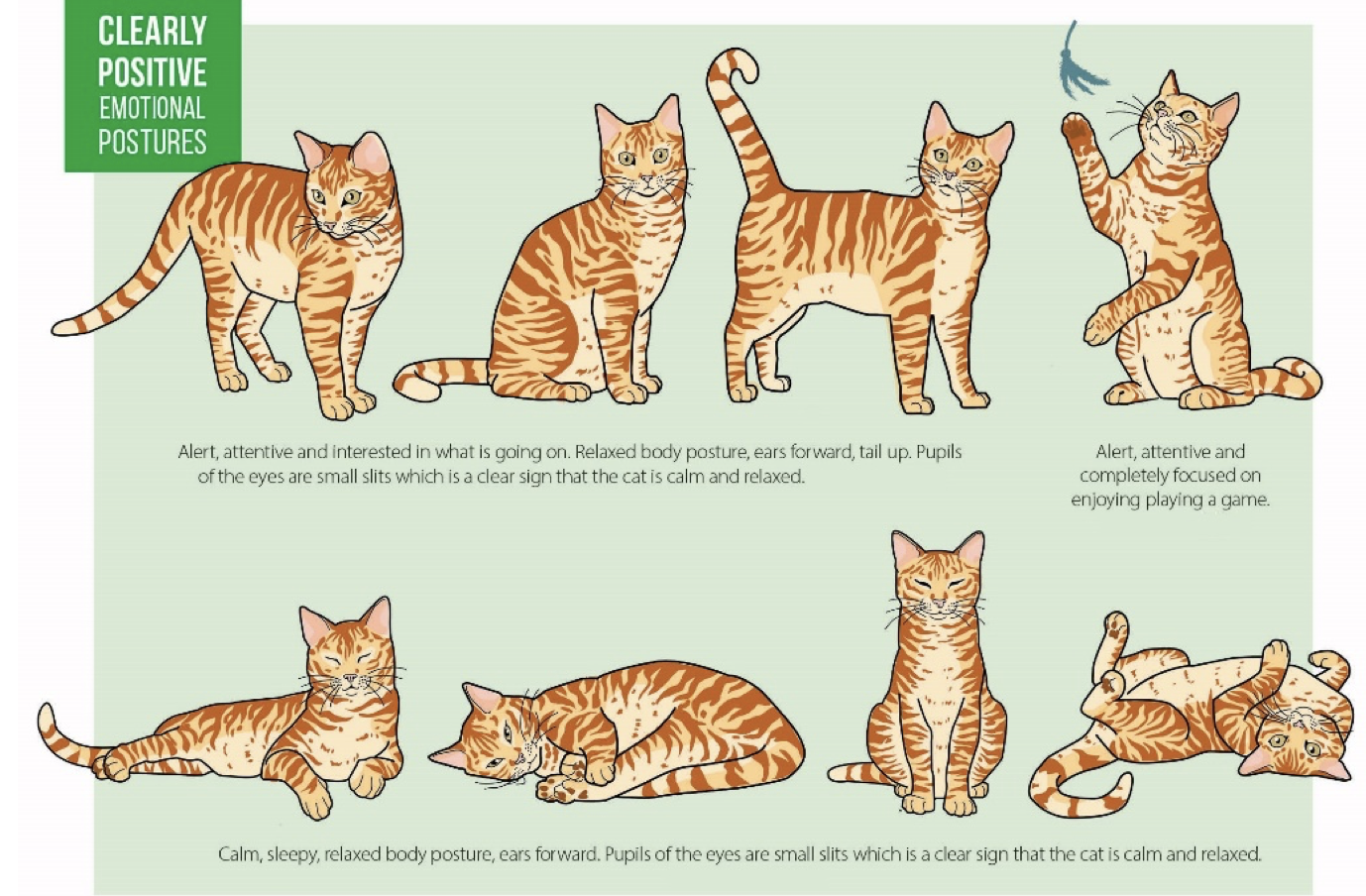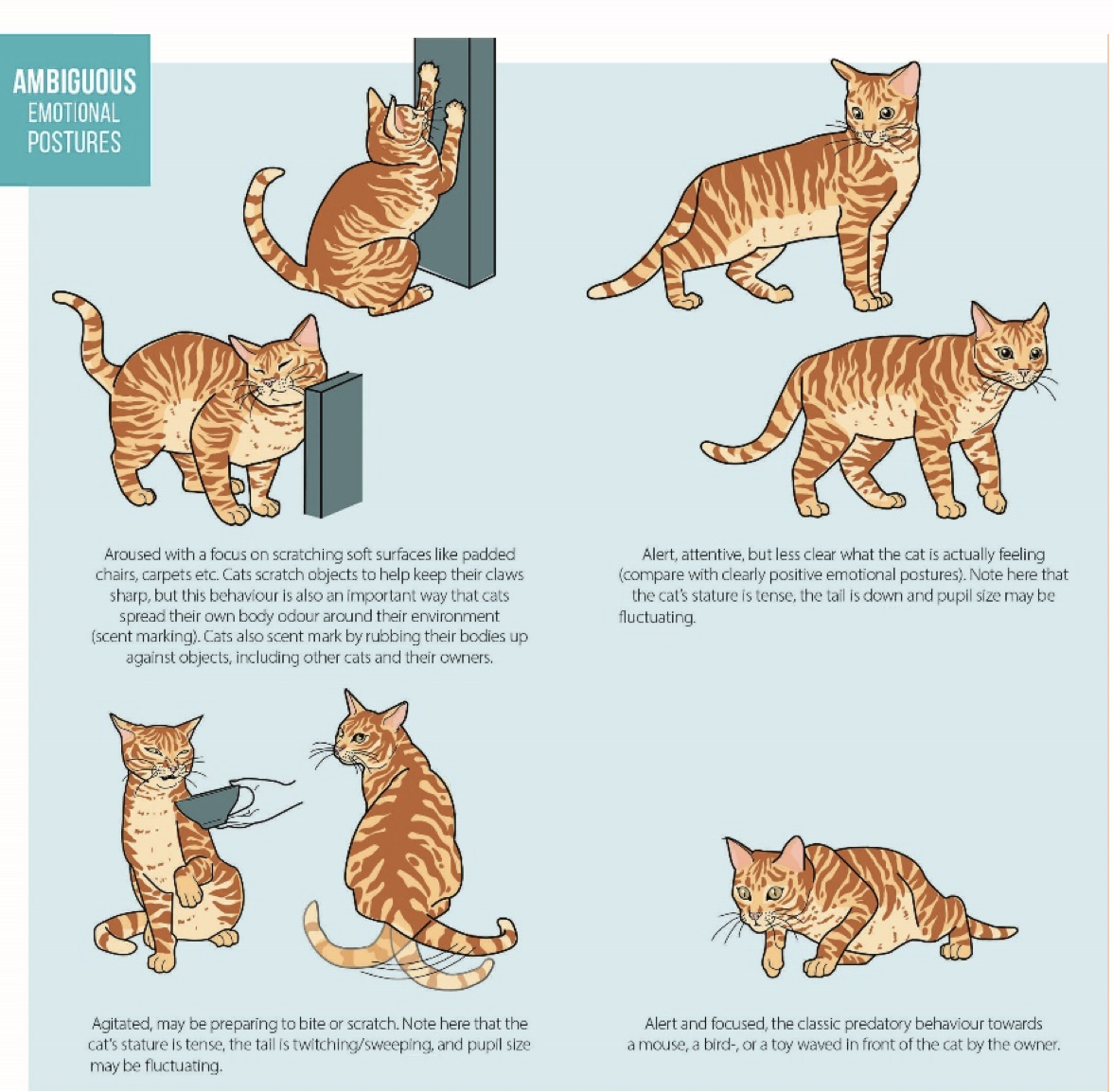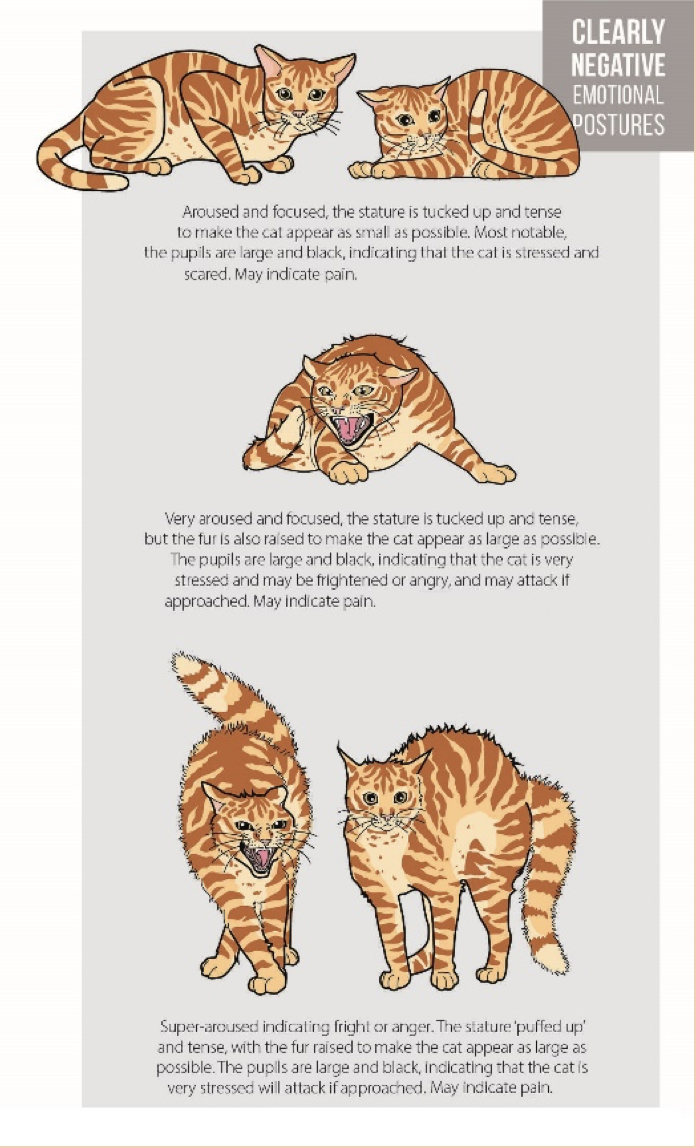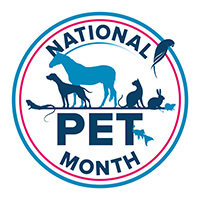How Well Do You Know Your Cat? Body Language and Misconceptions
Just how well do we know our feline campanions? Learn how to track your cats' emotions and mood and develop an even closer bond with the new PetWAG tool from Lallemand Animal Nutrition
There are many mysteries surrounding the origins of the modern domestic cat. Current best evidence suggests that all cats living with us today can be traced back to ancient Egypt around 5000 years ago. Cats became important members of society because they protected precious grain stores from rats and mice. From Egypt, cats gradually made their way across the globe, most likely as part of the working crew protecting precious food cargo on trading ships.
Today, cats are hugely popular all over the world because they are generally less demanding than dogs, making them ideal pets for busy, working individuals and families. However, there is a great deal of misunderstanding around what cats are and what they need to live happy, healthy lives alongside their humans. Cats live emotional lives. Some people mistakenly believe that cats are solitary non-social animals. It’s true that cats should have access to areas in the house where they can escape and hide, however 1 in 10 cats do suffer from separation anxiety. Another misunderstanding is that a cat’s motivation to play serves a social function like it does in dogs, however, play in cats is driven by their strong predatory instinct and has little to do with social bonding.
Emotional systems and moods, what are they?
.png) Understanding your cat’s emotional state opens the door to sharing their joy and happiness, but it also helps you to recognize when their emotional well-being is at risk. Experiencing negative emotions over a long period of time will influence your cat’s emotional well-being and can contribute to the development of behavioural problems. By educating yourself about your cat’s nutritional and emotional needs, you can support their overall well-being while reinforcing your special and unique bond. Behavioural problems such as aggression, anxiety, and marking (urinating & defaecating) around the house are caused by misunderstanding a cats’ needs. Several physical diseases such as urinary tract infections and high blood pressure can also lead to anxiety.
Understanding your cat’s emotional state opens the door to sharing their joy and happiness, but it also helps you to recognize when their emotional well-being is at risk. Experiencing negative emotions over a long period of time will influence your cat’s emotional well-being and can contribute to the development of behavioural problems. By educating yourself about your cat’s nutritional and emotional needs, you can support their overall well-being while reinforcing your special and unique bond. Behavioural problems such as aggression, anxiety, and marking (urinating & defaecating) around the house are caused by misunderstanding a cats’ needs. Several physical diseases such as urinary tract infections and high blood pressure can also lead to anxiety.
As owners, it is our responsibility to look after our cat’s emotional well-being. We all have emotional states, such as joy, happiness, sadness, loneliness, fear and pain. Like other mammals, cats have eight core emotional systems, which are the basic building blocks on which other emotional experiences are built. These different emotional states combine to form a mood state over time as a “rolling average” and is persistent. Our emotional well-being is, in fact, a measure of our current mood state. Cats experience a wide range of emotional states just like we do. These emotional states are expressed as a mood state, good or bad. Poor mood states can lead to welfare issues in cats and contribute to behavioural problems.
Body language and expressions
Cats express how they are feeling through many different and subtle changes in facial expressions and body postures. Depending on their personality, the same body posture may have different meanings. Here are the top 10 most common postures that are universal across all cat breeds.



Track your cats’ emotions and mood state
If you record your emotional state several times a day over several days, you will end up with a reasonable average of all your emotional states over that period of time. This kind of subjective ‘self-report’ estimate of ‘how you are feeling’ is routinely used by human mental health professionals and can be applied to your cat. Follow the link below to use our interactive PetWAG tool to estimate and record your cat’s mood state. If you are unsure of any ambiguous postures or emotions, a picture can tell a thousand words. Take a photo or video of your cat’s face and posture to keep a record. If you think your cat has a poor overall mood state, or you are worried or confused about your cat’s emotional cues, seek professional behavioural support.
Conclusion
Your cat’s mood state is important because it’s a measure of their overall emotional well-being. We know from decades of research that negative emotional states such as loneliness, fear and pain have a significant impact on well-being. In order to maintain your cat’s emotional well-being, try to ensure that they experience many more positive emotional states over time than negative emotional states. By educating ourselves about our cat’s emotional cues and needs, we can support overall well-being, seek help if needed and reinforce our special and unique bond with our feline friends.
Follow the link to use the interactive PetWAG tool to measure and record your cat’s rolling average: https://petwag.lallemandanimalnutrition.com/
PetWAG was developed in conjunction with Robert-Falconer-Taylor. Dr Falconer-Taylor was veterinary director and head of education of the Centre of Applied Pet Ethology (COAPE). COAPE was the first organisation in the UK to develop degree level courses in companion animal behaviour and training. Dr Falconer-Taylor is also a member of the International Cat Care Behavioural Advisory Panel.


